A group of young Indian classical dancers practise their steps behind a tented stage. Not far from them, two children play hide and seek amid the beds of Salvia, laden with crimson springtime blooms. Beyond it, an exquisite domed pavilion, the Sunder Burj, rests amid a classic Mughal charbagh garden, with four quadrants representing paradise and its four rivers.
This is Sunder Nursery, a dreamy 64ha heritage park in Delhi’s historic Nizamuddin area, home to centuries-old tombs, including the namesake Hazrat Nizamuddin, the revered 14th-century Sufi saint. Sunder Nursery was originally created by the Mughals, and under the British became a gardening lab. After independence, it fell into decades of neglect until 21st-century restoration efforts returned it to the public eye.

Today, Nizamuddin has the densest ensemble of mediaeval Islamic buildings in India, including the famous Humayun’s Tomb which stands adjacent to the nursery. In 2020, UNESCO awarded Sunder Nursery its inaugural Special Recognition for Sustainable Development.
Indeed, under the yearslong collaboration between the Agha Khan Trust for Culture (AKTC), Central Public Works Department and the Archaeological Survey of India, Sunder Nursery has become a beloved public space and has been listed among the 100 greatest places in the world.
This used to be a jungle where jackals roamed and the undergrowth had taken over the ruins, so if our cricket ball strayed too far, we’d be too scared to retrieve it
In the balmy February sun, 38-year-old Mohamad Rashid guides visitors around the jewel of Sunder Nursery: Sunder Burj. “We don’t know if this is a tomb or a garden pavilion,” he says, “but its detailed embellishments and the gorgeous star-shaped internal ceiling tell us that it was important.”
In repairing centuries of water damage to Sunder Burj, conservation architects also undid the damage from previous restoration efforts that had plastered over inscriptions and carvings. This revealed the jewel-like Islamic calligraphy and decorative plasterwork on the walls and dome. AKTC also restored the Mughal garden that surrounds the tomb, using old manuscripts and ruined fragments for reference.
People throng the Sunder Burj today, but Rashid says that as children, they never ventured near. “This used to be a jungle where jackals roamed and the undergrowth had taken over the ruins,” he says, “so if our cricket ball strayed too far, we’d be too scared to retrieve it.”
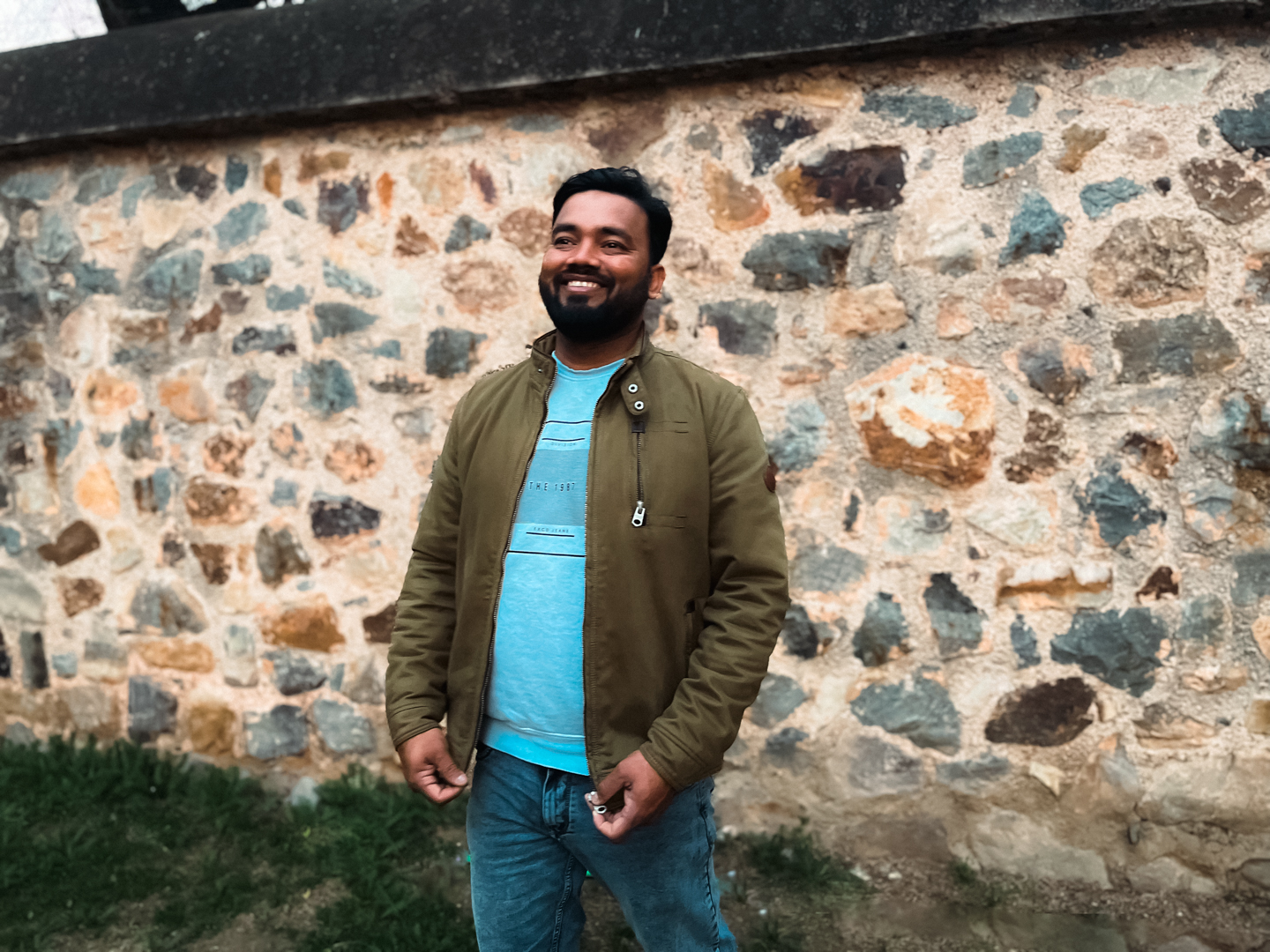
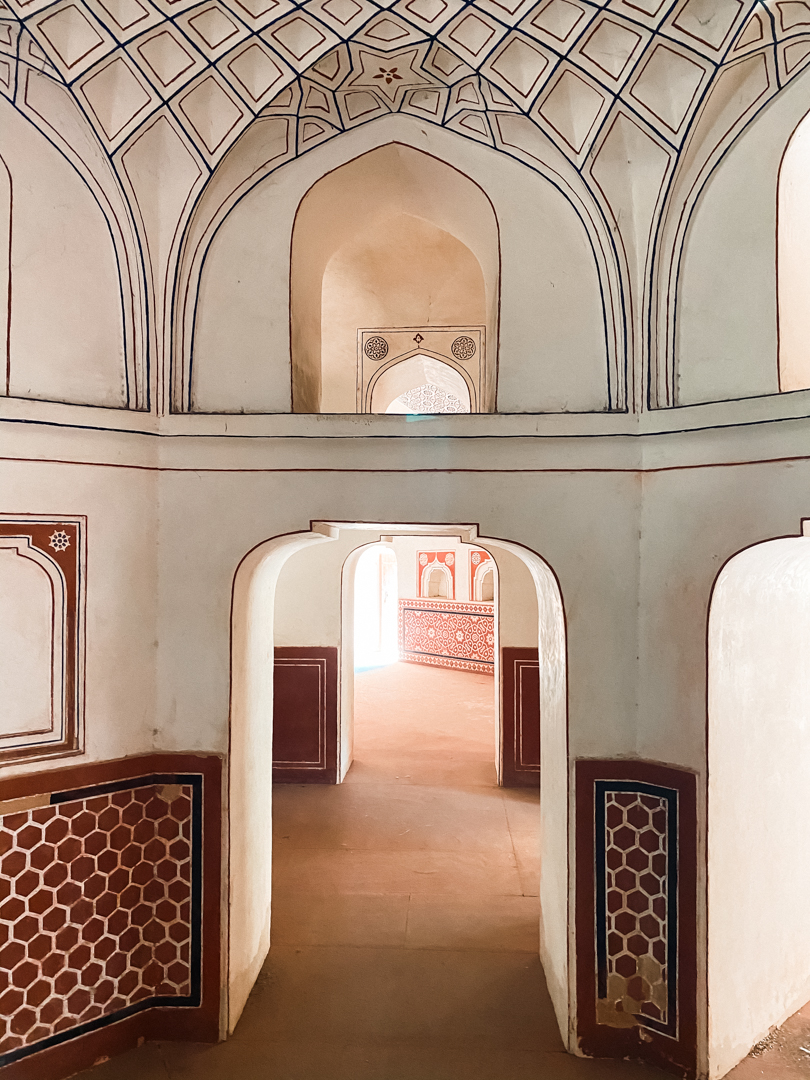
Rashid is part of Sair-e-Nizamuddin, an 11-guide collective formed soon after restoration work commenced in 2007, in a bid to also restore local pride. AKTC enlisted young residents such as Rashid to map all the wells, graves and shrines in the area, and compile their oral histories.
Beyond Sunder Burj, lies another stunning monument, the Lakkarwala Burj. “To us, children raised on stories of djinns and ghosts, this monument, completely covered by creepers, shrubs and trees, also looked totally haunted,” says Rashid.
It’s a different story post-restoration: a blooming rose garden surrounds the elegant structure, set on a 2.5m-high platform, with arched openings on four sides and intricately ornamented interiors with Quranic verses carved in plaster. Past the lotus fountains towards Azim Sarai, where itinerant merchants rested for the night as they made their way down the historic Grand Trunk Road, masses of spring flowers cast heady scents at young lovers, old walkers and children enjoying the lush gardens.
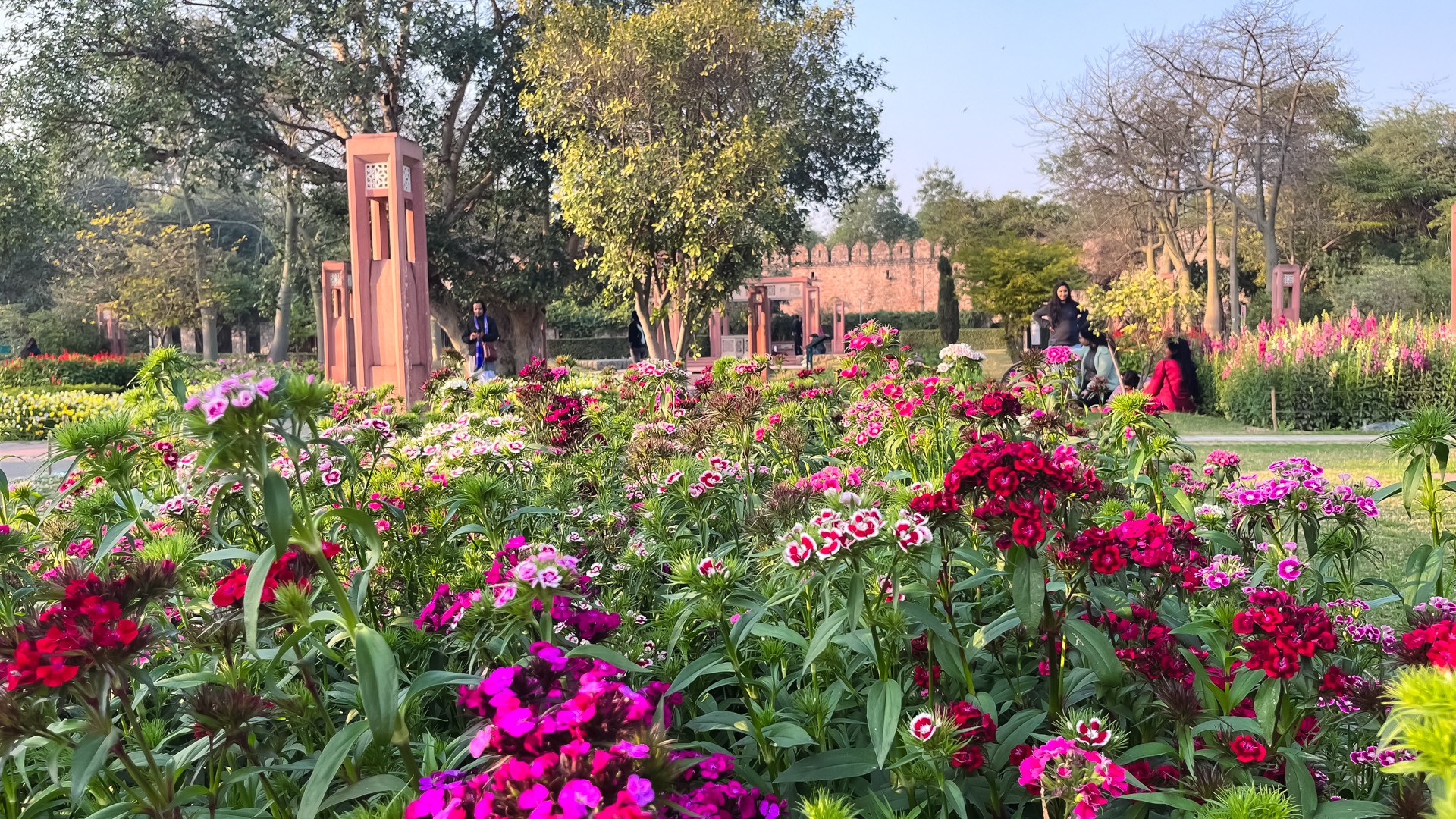
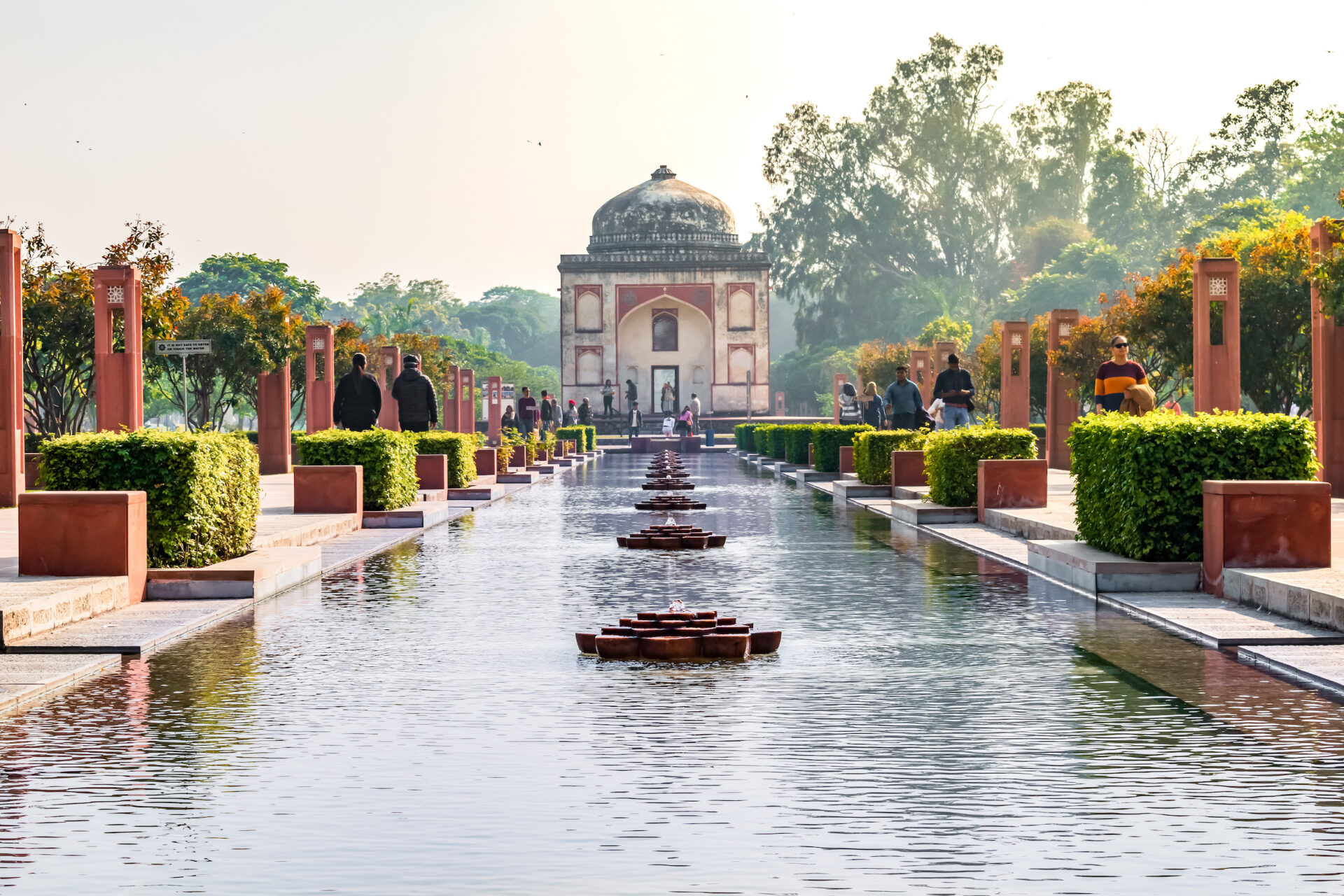
Heirloom recipes by Nizamuddin residents
Beyond Lakkarwala Burj, a lake with lovely waterfront pergolas and bridges, is popular with picnickers. On its banks, urbanites vie for a table at the busy FabCafe, an offshoot of traditional craft store chain FabIndia. Discerning visitors instead throng at the humble food truck of Zaika-e-Nizamuddin, meaning “the taste of Nizamuddin”, run by local women.
We’d grown up thinking we lived in a slum, but now have seen our home through visitors’ eyes, we’ll try to make it last forever”
In 2007, only nine percent of the women in the area had independent incomes. The AKTC helped a group of over 80 establish Insha-e-Noor (meaning “creative of light”), a showcase of traditional embroidery, tailoring and crochet, sold as souvenirs at kiosks in Sunder Nursery as well as Humayun’s Tomb. It also supported the establishment of Zaika-e-Nizamuddin, which today offers melt-in-the-mouth kebabs, korma and biryani made using heirloom family recipes and served at thoughtfully laid-out tables under trees.
Fatima Khatun has been dishing out delectable kebabs with this 11-member group since 2012. Her colleagues and she say that their newfound confidence has sprung from the fact that visitors enjoy their traditional recipes so much. “We underwent training on standardising recipes and maintaining strict kitchen hygiene,” she smiles, adding the income has enabled her to contribute towards buying a house and car with her husband. “Ten years ago, I didn’t think this would ever be possible.”
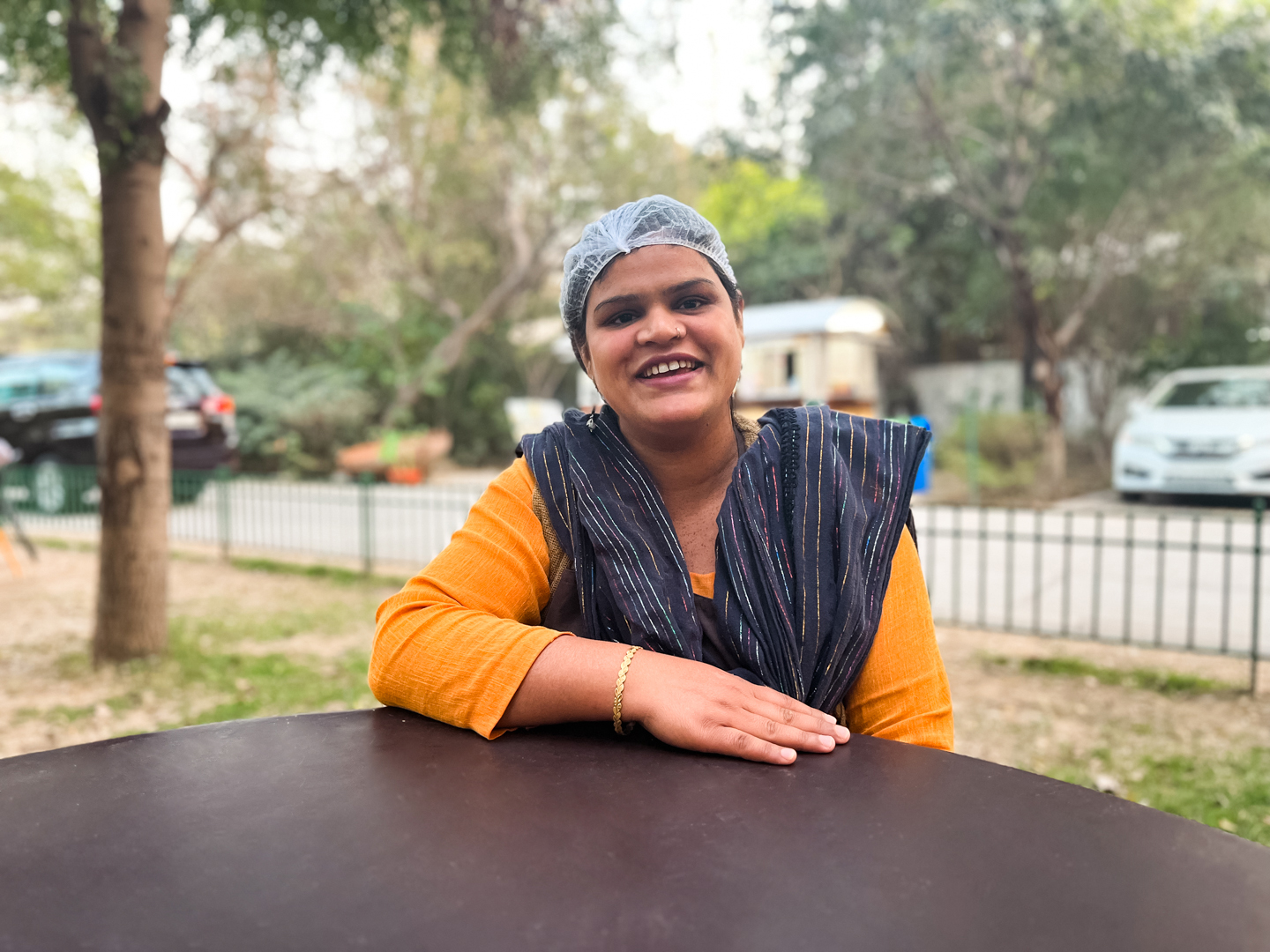
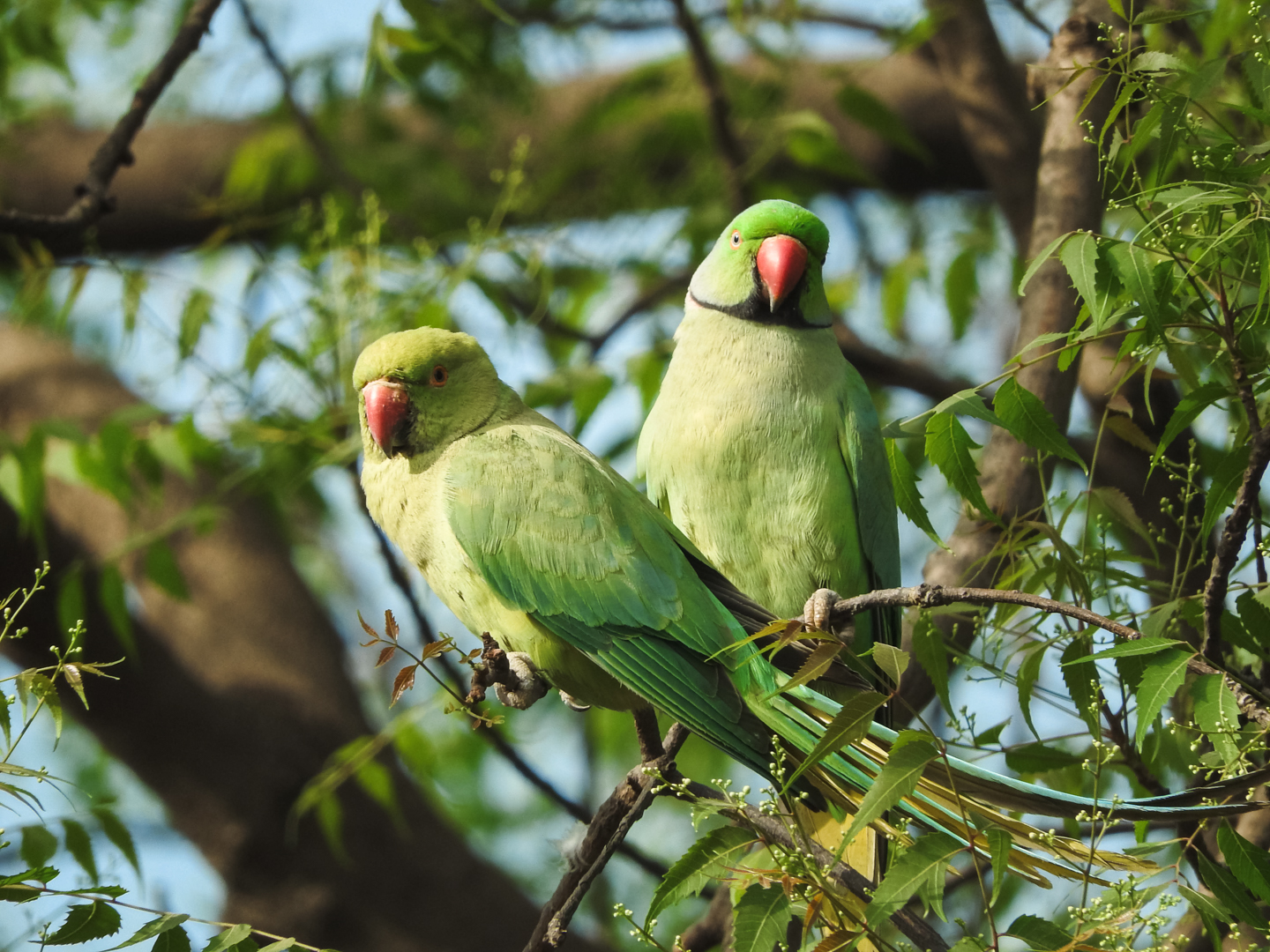
The tomb of Humayun – and his anonymous barber
Aamir Ahmed, another guide from Sair-e-Nizamuddin, shows visitors around Humayun’s Tomb, a precursor to the Taj Mahal and one of the most iconic Mughal monuments in Delhi. A trained dastango, practitioner of the 13th-century Urdu oral storytelling artform, Ahmed welcomes visitors to the “dormitory of the Mughals”, pointing out that over 150 Mughal family members lie buried in this tomb. The tomb-garden complex now impresses visitors with stunning stone inlay work, arabesque motifs, glazed blue tiles and the tall golden spire on its dome that looks like it wants to touch the sun.
In the southeast corner stands Barber’s Tomb. Ahmed says there are no inscriptions to verify exactly who is buried here. But the fact that it is the only other tomb in the complex and is so close to the main tomb, suggests that perhaps (and not entirely different from modern times!) good hair stylists were so hard to find that the Mughals wanted to be close to their favourite barber for eternity.
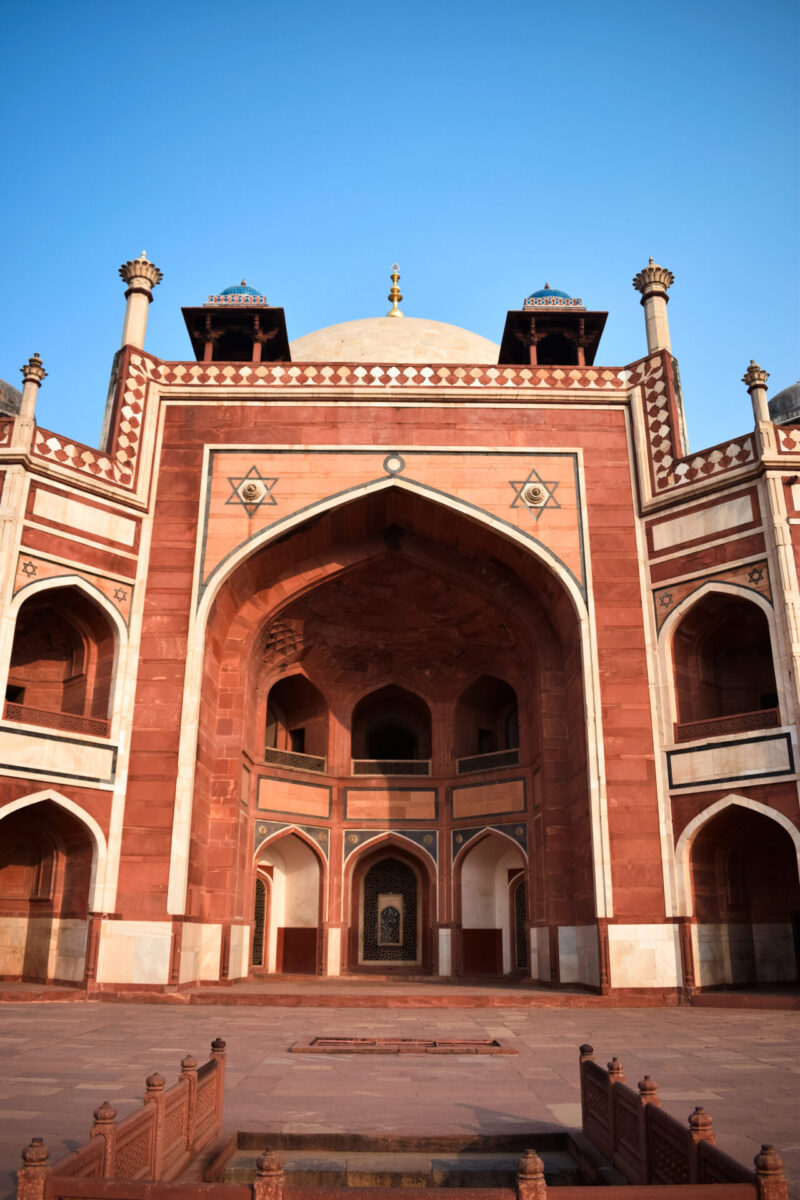
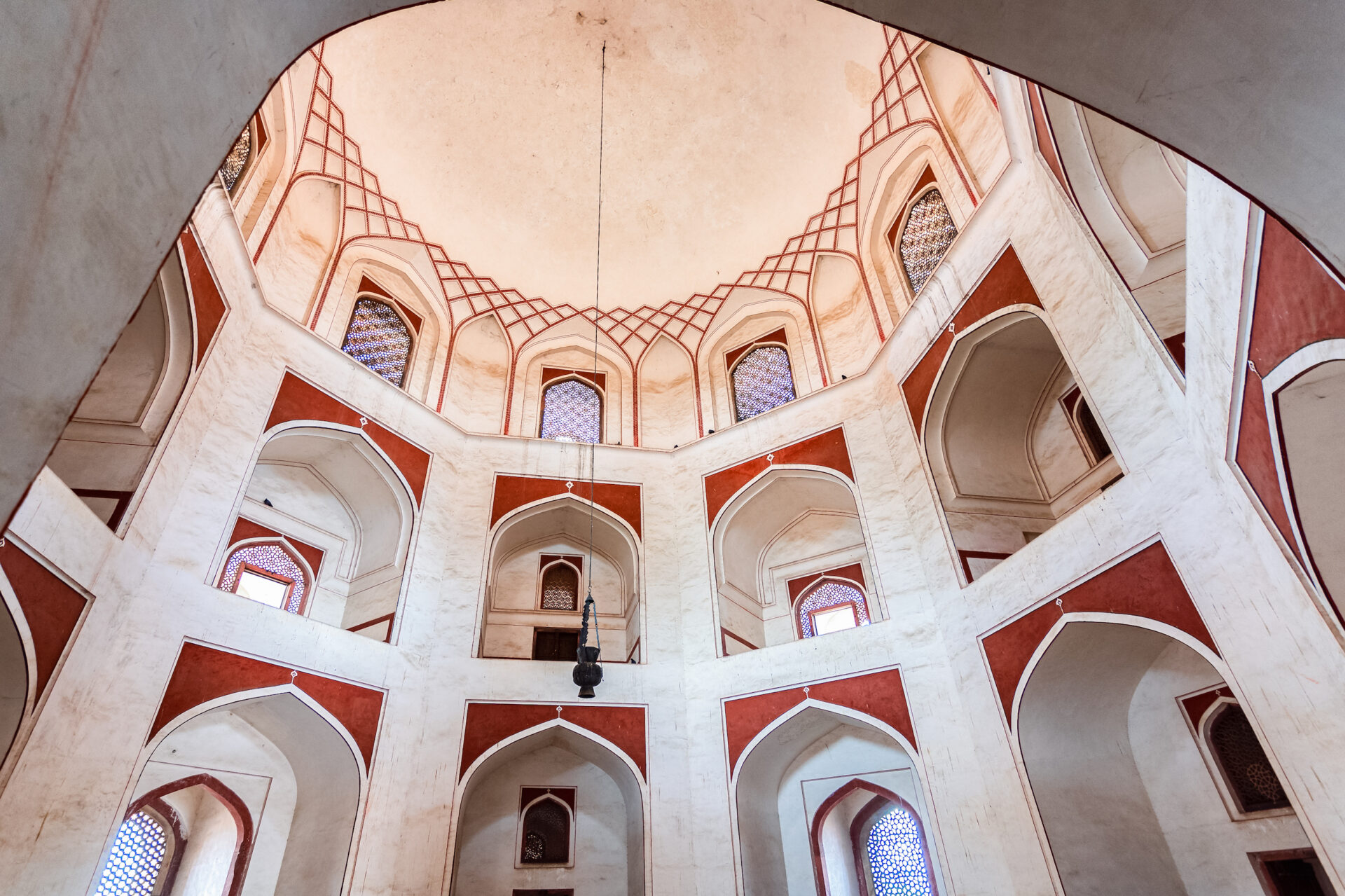
Ahmed says that the revival of Nizamuddin has shown him how much more there is to the home he once took for granted. “We used to play cricket on the graves of legendary poets Mirza Ghalib and Amir Khusrau,” he says.
Talking to him, and to Rashid and Fatima, visitors will see how the revival of Nizamuddin has restored local pride in their cultural heritage. “We’d grown up thinking we lived in a slum, a mass of humanity just somehow living out its days on earth, blissfully unaware of our living history,” Rashid says. “Now that we know – and have seen our home through visitors’ eyes, we’ll try to make it last forever.”
To learn more about Singapore Airlines’ flight service to New Delhi, visit the official website.
The post Tombs and springtime blooms in Delhi’s Nizamuddin appeared first on SilverKris.
from SilverKris
No comments:
Post a Comment